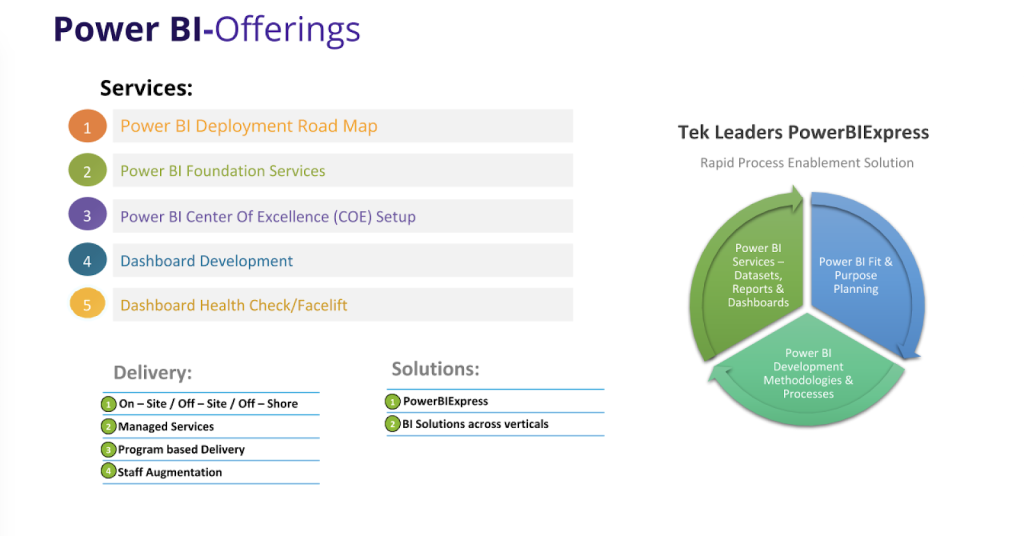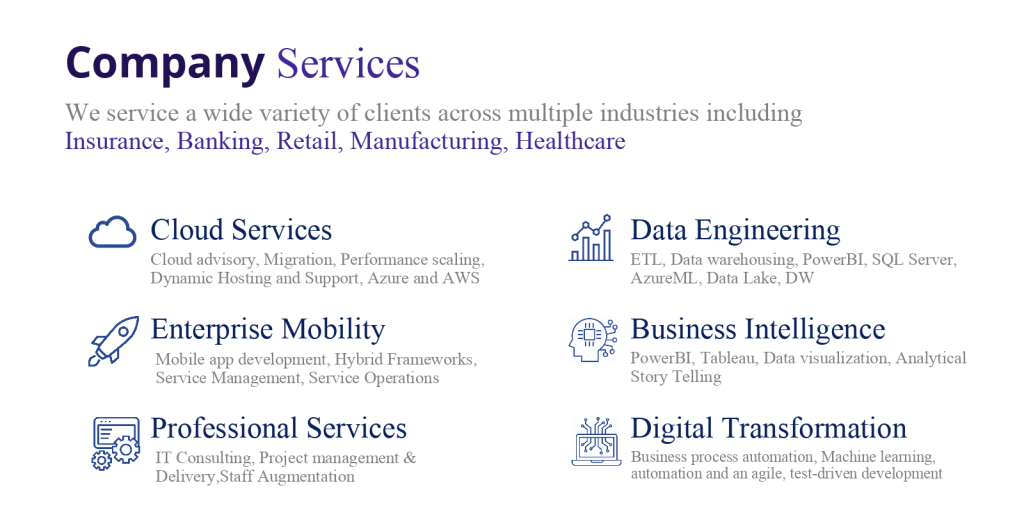The best decisions are data-driven decisions. In the past, business owners had to rely on instinct and guesswork when creating their business strategies. Now, they have access to state-of-the-art data analytics tools that are capable of making reliable predictions about every single decision and corresponding outcome.
How do you get your team on board with this new technology? You and your team can start making better data-driven decisions by following four simple steps.
Are You Making the Best Data-Driven Decisions?
Most businesses already use some form of data analytics. However, not all businesses are making the most of this data. If the analytics tools you use are too basic, you may miss out on a number of important insights that will help your business succeed. Likewise, if your team doesn’t know how to collect, structure, store, retrieve or visualize the data effectively, then you’ll be more likely to make poor business decisions.
To make the best data-driven decisions, you need more than just a few sets of data and a spreadsheet. You need to:
- Collect high-quality data using the latest data engineering best practices;
- Organize and normalize the data;
- Analyze the data and identify patterns; and
- Build a portal to share information with your team and allow them to collaborate on solutions.
Step 1: Collect Quality Data
To make better data-driven decisions, take a look at your data engineering process. Data engineering is a system of collecting and preparing data for later analysis. In other words, your team needs to collect the right type of data, verify that it’s high in quality and configure it so that it’s easy to access and analyze.
This is often easier said than done. If your team is used to collecting only a few types of data, they may not know how to properly incorporate and blend new data sets into the system—or how to tell the difference between high-quality data and flawed data. Moreover, these problems usually go unnoticed. Your team likely believes that they are collecting the right data already.
To determine whether you’re maximizing the data collection process, consult an IT firm that specializes in advanced data analytics. These firms have experienced data engineers who can help you refine your system architecture. They’ll also offer you suggestions on which types of data you should (or could) collect and explain the benefits of adding these new data sets to your system.
Step 2: Organize the Data
Once you’ve improved your data collection methods, you’ll need to organize your data. This step will help you make faster and more accurate data-driven decisions.
One of the biggest mistakes that business owners make is jumping immediately from data collection to analytics. Unless you normalize the data first and ensure that it’s stored and organized properly, you’ll risk making inaccurate predictions. That’s because it’s difficult to blend and compare data sets that are stored in different formats or at different locations. For example, a key data set could completely change the outcome of your exploratory data analysis, but if your team doesn’t know where this data is stored, then it’s essentially worthless.
To normalize and store your data properly, you should work with a team of experts to revamp your entire system. You must use a consistent data structure in every aspect of your business. A data firm can help you move all of your data to a secure location (like a data warehouse), format it, organize it and create backups as necessary. Your team won’t have to waste any time on this process.
Step 3: Analyze the Data
Data collection and organization are just the foundations of good data-driven decisions. If you want to generate truly novel insights, then you’ll also have to expand your data analytics process.
You should never take shortcuts with data analysis. It may be easier to input your data into a spreadsheet and generate basic visualizations, like pie charts or scatter plots, but that will only give you a shallow overview of the data.
Your business deserves better. With help from a data analytics firm, you can generate much more detailed reports and LINK TO DATA BLENDING POST WHEN LIVE on 5/21 [blend separate data sets together] to identify hidden patterns. You may even use predictive modeling and artificial intelligence (AI) to see how your decisions will impact your business in the future.
These advanced tools are complicated and take a great deal of time to learn how to use properly. Software licenses can also be expensive. By outsourcing the analysis process to a firm that already has access to these tools and years of experience using them, you’ll get all of these benefits with very little effort. This frees your in-house team to focus on implementing your decisions.

Step 4: Share the Data through a User-Friendly Portal
Usability can make or break your data-driven decision process. Even if you collect the best data, organize it perfectly, and use the most advanced data analytics tools, it won’t mean much if your team doesn’t know how to use the system. If they fail to upload data properly or aren’t sure how to generate reports, you won’t have the information you need to make the best decisions.
A data analytics firm can help. Not only will they train your staff on how to use the new system, but they will also provide a user-friendly portal where your team can perform all of their tasks quickly and easily. You can customize the platform according to your team’s workflow. Data is collected and uploaded automatically and you can compare multiple datasets at a time. Reports are also easy to find and create.
The system is designed with users in mind. Even team members with the least data experience can use the portal to perform very advanced analytics. It lets everyone make data-driven decisions.
How to Make the Best Data-Driven Decisions
While you can perform these four steps on your own, this process is time-consuming, expensive, and extremely complicated. It requires you to hire experienced in-house IT staff and build your own data storage systems and report generation platforms.
Hiring an IT firm to handle this process for you is much more cost-effective. You won’t have to build your own infrastructure from scratch or maintain any equipment. You’ll also speed up the decision-making process. Within just a few weeks or months, you can dramatically improve your data analytics process and start making data-driven decisions that will propel your business forward.

If you want your team to make better data-driven decisions, contact Tek Leaders. We provide every tool you need to collect, structure, store, retrieve and visualize your data. Our user-friendly portals make the process as simple as possible, no matter how much experience you have. If you want to learn more about the services we offer, you can reach us by email directly.
Shashank Reddy Tummala.



